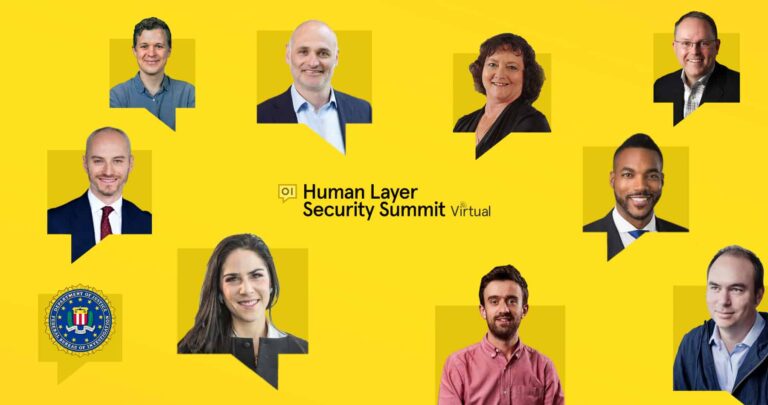The ground is shaking under one of cybersecurity’s favorite acronyms. Dr. Karen Renaud, Chancellor’s Fellow at the University of Strathclyde and Dr. Marc Dupuis, Assistant Professor at the University of Washington Bothell believe that fear, uncertainty and doubt (FUD) aren’t all they are cracked up to be.
In their recent Wall Street Journal Article, ‘Why Companies Should Stop Scaring Employees About Security’, they unpack the use of scaremongering in cybersecurity training and tell us how fear truly impacts decision making.
Listen to the full podcast here, or read on for Dr. Karen Renaud’s & Dr. Marc Dupuis’s top three takeaways.
Too much fear burns people out and makes them less responsive to fear appeals
KR: The literature tells us that when people are targeted by a fear appeal they can respond in one of two ways. They can either engage in a danger-control response or a fear-control response.
A danger-control response is generally aligned with what the designer of the appeal intended. So if a fear appeal is trying to encourage a user to back up their files, a danger-control response would involve the user making the backup.
Alternatively, a fear-control response sees the user try to combat the fear. They don’t like the feeling of fear, so they act to stop feeling it – they attack the fear rather than the danger itself. This response is undesirable as the user might go into denial or become angry with the person or organisation who has exposed them to the fear appeal. Ultimately, the user is unlikely to take the recommended action.
When we consider events such as the COVID-19 pandemic, you can see how adding cybersecurity fear appeals to people’s pre-existing fear runs the risk of users feeling overwhelmed and having a fear-control response. People are already seeing so many fear appeals that they are likely to go into denial and refuse to take the message on board.
Fear appeals can encourage people to take more risks
MD: I have a three-and-a-half-year-old son. Unlike my daughter, if I tell him to not do something like stand on a chair, and explain that he might crack his head open if he does, he’ll do it. So, he’ll climb on the chair, and then if he doesn’t crack his head open he’ll say ‘See daddy, I didn’t crack my head open!’, and in his mind, my warning has been disproved.
This scenario with my son speaks to another point on fear appeals – we scare people to try and get them to not do something, but when they do it anyway and nothing bad happens it only reinforces the idea that the consequences aren’t that bad.
KR: You can see examples of this kind of thing throughout history. If you look back at the German bombings of London during the second world war, something similar happened. Though the goal of the Germans was to get Britain to capitulate, the bombings provoked a totally different response – the British people became more defiant. People get afraid of being afraid, and we need to consider this when designing cybersecurity training and messaging.













